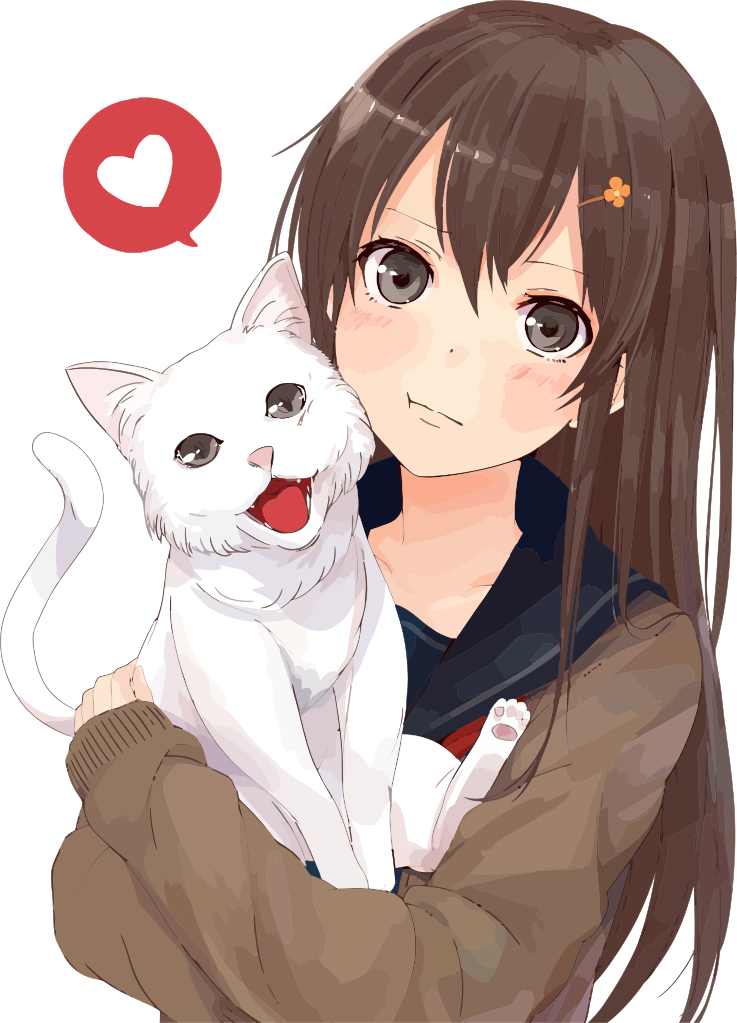 CK asks: “My friends and I like to watch certain anime series. If my friends talk about a new series, I always ask if it’s bloody or has anything like signs that refer to stuff of the occult. I refuse to watch bloody anime; my friends aren’t into ‘heavy’ anime series that are loaded with fan service or yaoi/yuri or hentai, but after reading some of your articles, I don’t think they know what they’re getting into when they watch some of the series they watch. . . .
CK asks: “My friends and I like to watch certain anime series. If my friends talk about a new series, I always ask if it’s bloody or has anything like signs that refer to stuff of the occult. I refuse to watch bloody anime; my friends aren’t into ‘heavy’ anime series that are loaded with fan service or yaoi/yuri or hentai, but after reading some of your articles, I don’t think they know what they’re getting into when they watch some of the series they watch. . . .
“I know there is a broad spectrum of anime series, ranging from gakuen (school-related) to shojo (for girls) to maho shojo (magical girl) to shonen (for guys) to some that are downright dark and absolutely loaded with unhealthy satanic/occultish/sexually-oriented stuff. Point is, is anime really okay to watch? Keep in mind you can’t really lump all of anime series together because there are some that are different from the rest, but other than that a lot do share some underlying themes and things like magic, perversity, and stuff.”
For those of you who aren’t familiar with anime, it means “animation” in Japanese and blossomed around the same time as Walt Disney’s animated films were making their debut in America. It combined motion pictures with the kind of newspaper comic strips that eventually became the Japanese version of our comic books (known as manga in Japan).
The so-called “God of Manga”, Osamu Tezuka was only 20 years old when he produced his first significant full-length manga, “New Treasure Island”, in 1947. He relied upon the pre-war Disney characters he loved so well, Mickey Mouse and Donald Duck, and was the first to design anime characters with their characteristic round heads and very large, expressive eyes.
At this point in the history of anime, most of the plots were based on the typical “good guy vs. bad buy” plot.
But things began to change in the 1970’s when anime moved from just for children to adult versions with story lines ranging from comedy to science fiction. More risque anime, based on the kind of “naughty” manga created by artist Go Nogain, began appearing in 1972 with the Devilman TV series and the Kekko Kamen series which featured a naked super-heroine.
The 80’s saw the occult creep into the craft with the influx of story lines based on the type of dark futuristic dystopias that were becoming popular in other forms of literature. A vast collection of occult-themed anime exist, many of which reflect the native Shinto beliefs of the Japanese with its belief in Spirits, Oni, and the multiple gods of Shinto, which non-Japanese fans may mistake for “fantasy” without realizing that they are actually viewing religious beliefs.
However, there is also very serious anime, such as the that of Keiji Nakazawa who wrote about his experiences as a Hiroshima survivor in the heartrending manga saga Barefoot Gen, which was eventually adapted into a film. Exploring similar territory, Hotaru No Haka (Grave of the Fireflies) is based on the struggle of two orphans who survived the fire-bombing of Tokyo. As one writer said, “Few live action films have ever come as close to capturing the true horrors of war as this animated film did.”
I think one should take the same care with selecting anime that they do at the bookstore when choosing a novel to read. There is just as much occult-oriented fiction on the shelf as there are anime.
If you’re looking for Christian anime, check out this list.
© All Rights Reserved, Living His Life Abundantly®/Women of Grace® http://www.womenofgrace.com









